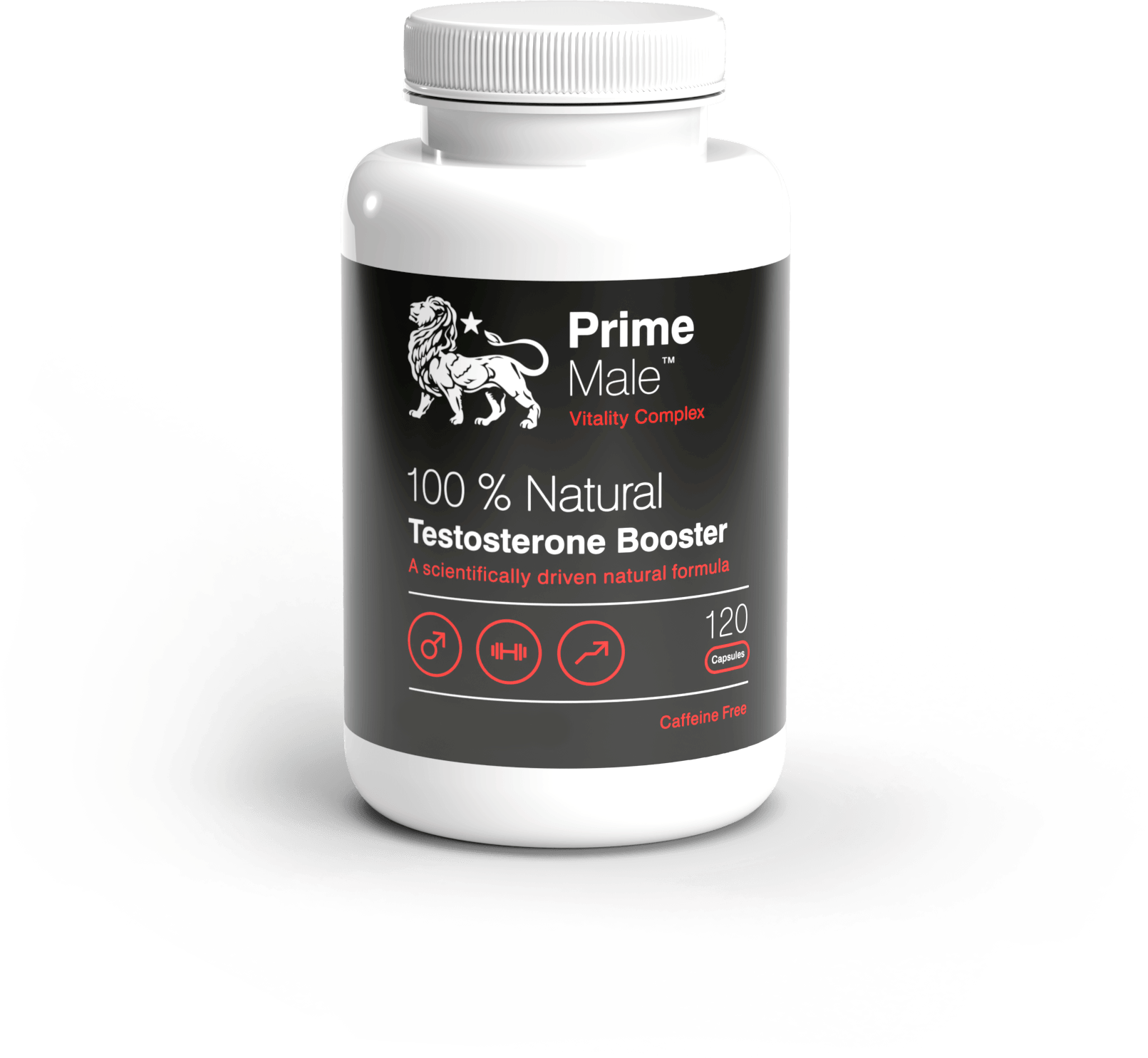We ship worldwide from the USA and UK
PRIME MALE BLOG : GET BACK TO YOUR PRIME
We ship worldwide from the USA and UK
PRIME MALE BLOG : GET BACK TO YOUR PRIME
In our last article, we looked at five ways to improve your sleep. This week, we’re focusing on a common question from lifters: how can I improve my squats? Squats are a fundamental exercise, but many people struggle to lift heavy weights safely and effectively. Here are several strategies to help you improve your squat technique and increase your strength.
Table of Contents
Question: I’ve been squatting for 4 months now, but I’m really struggling to lift anything heavy. Is there anything I can do?
Answer: First, focus on your technique more than the weight you lift, within reason. Lifting 60kg perfectly is better than half-squatting 70kg. Good form builds strength and muscle more safely. Here are key tips to improve your squats.

Tested and Trusted
By Over 1 Million Men
There are two main ways to position the bar: high-bar and low-bar. High-bar rests on top of your shoulders. Low-bar sits lower, across the traps on your upper back. Some people perform better with one style. Try both and stick with the one that feels best. Also, check your rack height. Placing the bar too high forces you onto your tiptoes and reduces stability. Adjust the rack to a comfortable height.
Many people struggle with squats because they do not prioritise them. Squats should be first in your workout, not after chest or back. Train them two to three times per week. Include variations such as goblet squats, Smith machine squats, hack squats, or alternate high and low rep sets. Treat squats as the most important part of your routine—they are.
What Are Deloads and Are They Worth It?
A solid grip increases stability under the bar. I personally use a hook grip, with thumbs over the bar and hands close to my shoulders. This may not suit everyone, so experiment to find your optimal grip. A stable grip prevents the bar from shifting and reduces injury risk.
Many lifters repeat the same sets and weights week after week. This does not build strength efficiently. Increase the weight gradually while adjusting rep ranges. For example, start with 60kg for 8–12 reps and progress weekly to heavier weights with fewer reps. Over 12 weeks, this approach can add 10kg or more to your squat. The key is consistent, incremental progression.
Should I Cool Down After a Workout?
Auxiliary exercises support your squat but should not overshadow it. Squats come first in your workout. After warm-up sets, perform 3–4 main sets. Then focus on complementary movements like glute bridges, lunges, step-ups, Romanian deadlifts, leg extensions, leg curls, or good mornings. Train these at high intensity, but remember: the squat is the priority.
Follow these steps over a 12-week period, focus on technique, and listen to your body. Your squats will improve, and you’ll safely lift heavier weights while building strength and muscle.

Clinically Proven Ingredients to Promote Muscle Mass, Enhance Energy and Libido, and Maximises Overall Performance for Men Over 40.
Order Now